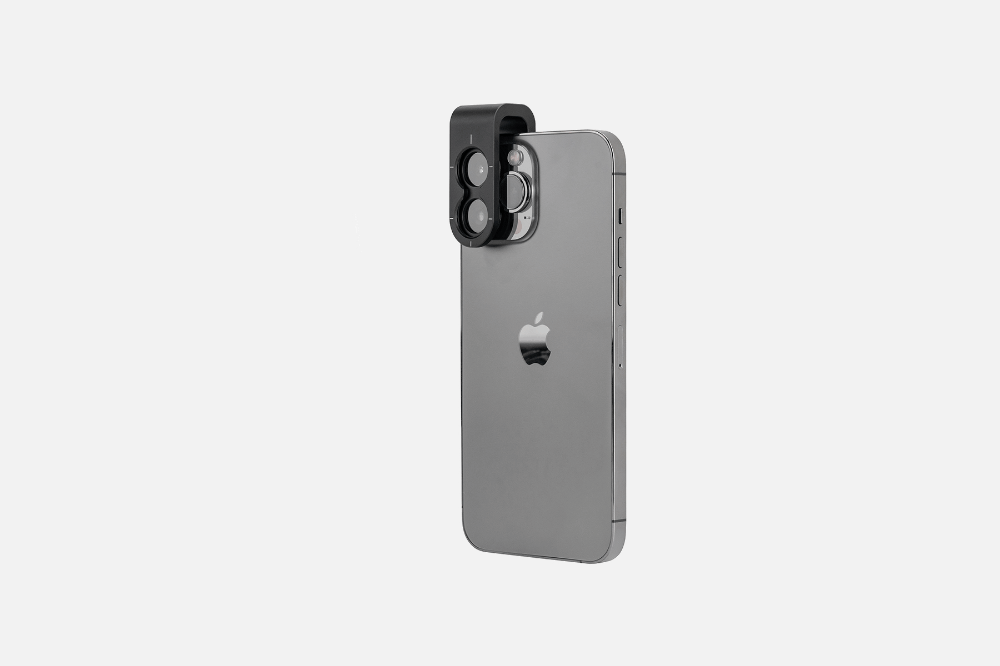Article
IBOOLO Dermatoscope Accessories
What Are the Available Accessories for IBOOLO Dermatoscopes? When it comes to enhancing the functionality of your IBOOLO dermatoscope, there are several accessories available to suit different needs. These include the small contact plate, eye piece, phone case, and additional components like the contact plate and back-up battery. These accessories are designed to improve your…
What Are the Available Accessories for IBOOLO Dermatoscopes?
When it comes to enhancing the functionality of your IBOOLO dermatoscope, there are several accessories available to suit different needs. These include the small contact plate, eye piece, phone case, and additional components like the contact plate and back-up battery. These accessories are designed to improve your dermatoscopic experience, whether you’re a professional dermatologist or a medical student. Let’s dive into each accessory and explore how they can benefit your practice.
Why Should You Use a Small Contact Plate?
The small contact plate is a crucial accessory for IBOOLO dermatoscopes, especially when examining hard-to-reach areas like the spaces between fingers and toes, the nasal wings, or the ear canal. With a diameter of 9mm, this compact plate is perfect for detailed dermatoscopic examinations in confined spaces. It allows for better visibility and accuracy when assessing lesions such as pigmented moles, plantar warts, or even scabies infestations. The small contact plate is compatible with IBOOLO models like the DE-4100, DE-3100, DE-4100 PRO, and DE-3100 PRO, making it a versatile addition to your dermatoscope setup. This accessory is particularly useful for examining lesions in interdigital areas, where standard contact plates may not fit comfortably.

How Does the Eye Piece Enhance Your View?
The eye piece is another essential accessory for IBOOLO dermatoscopes. Made from high-quality aluminum, this durable component attaches securely to your dermatoscope via a magnetic connection. The eye piece helps eliminate unwanted reflections caused by overhead lights or other light sources, ensuring a clear and uninterrupted view of the skin. Whether you’re examining pigmented lesions or other dermatological conditions, the eye piece provides a comfortable and stable viewing experience, enhancing both precision and comfort during your assessments. This accessory is particularly beneficial in environments with strong ambient light, where reflections might otherwise obscure critical details.

Can a Phone Case Make Using Your Dermatoscope Easier?
Absolutely! IBOOLO offers specialized phone cases designed to simplify the process of connecting your dermatoscope to your smartphone. While the standard IBOOLO dermatoscope kit includes a universal phone adapter and magnetic ring, these accessories can sometimes be cumbersome to carry around. By investing in an IBOOLO phone case, you can enjoy hassle-free connectivity between your dermatoscope and phone. The phone case not only protects your device during daily use but also ensures a seamless connection for capturing images or videos during dermatoscopic examinations. Currently, IBOOLO offers phone cases for Apple and Samsung devices, with more models set to be released in the future. This accessory is ideal for practitioners who frequently use their dermatoscope for documentation or telemedicine purposes. For example, the Pocket Dermatoscope series, DE-300 and DE-400 can even be rotated to connect to a cell phone directly through the threaded design on the case.

Is It Easy to Replace Damaged Components?
Yes, replacing damaged components of your IBOOLO dermatoscope is straightforward. If you accidentally drop your device or expose it to water, components like the contact plate or battery can be easily purchased and replaced. IBOOLO provides these spare parts on their official website, and their customer support team is available to guide you through the replacement process. Whether you need a new contact plate or a back-up battery, these accessories ensure that your device remains functional and reliable, even in challenging situations. This is particularly important for maintaining the longevity and performance of your dermatoscope, especially in clinical settings where equipment reliability is critical.

What new accessory is next for IBOOLO?
IBOOLO is pleased to announce the upcoming release of disposable contact plates for dermoscopy. These disposable contact plates are designed for situations where there is a risk of infectious skin infection or disease. The disposable contact plates are single-use and maximize hygiene and safety during the examination process. For example, when a physician needs to use a dermatoscope to visualize skin lesions on a private and infected area such as the genitals or anus, the disposable contact plate can be used. This new accessory will soon be available for ordering through IBOOLO’s official channels, providing a convenient solution for practitioners concerned with infection control.
Conclusion
IBOOLO dermatoscope accessories are designed to enhance your dermatological practice by providing convenience, accuracy, and durability. From the small contact plate for detailed examinations to the eye piece for clearer views, and the phone case for hassle-free connectivity, these accessories cater to a wide range of needs. Additionally, the availability of replacement components like contact plates and batteries ensures that your device remains in optimal condition. Whether you’re a professional or a student, investing in these accessories can significantly improve your dermatoscopic experience.






















